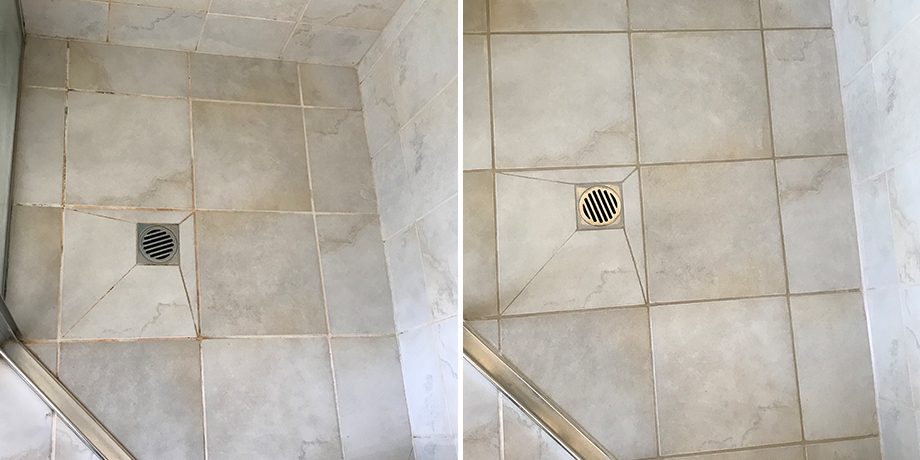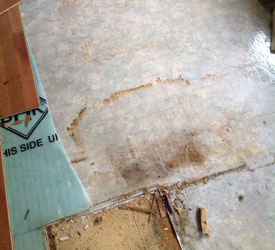Looking for Indications of Water Damage in the Bathroom
Looking for Indications of Water Damage in the Bathroom
Blog Article
What're your thoughts concerning Looking for Signs of Water Damage in the Bathroom?

The washroom is extremely susceptible for damp buildup and also possible water damages due to the frequent use water in it. This article provides easy evaluation methods to assist discovering water damages risks.
The regular use water in the shower room makes it exceptionally at risk for moist accumulation as well as possible water damages. By inspecting it routinely, you can decrease water associated problems.
The adhering to set of evaluations is simple to execute as well as must be done as soon as in every 3 months in order to maintain your bathroom in good shape as well as to avoid prospective water problems brought on by the bath tub, the shower, pipeline joints and also plumbing, sinks, cabinets, and the bathroom
Do not overlook doing these assessments and also be detailed while executing them. Remember that these straightforward examinations can conserve you a great deal of cash by giving very early indicators for water damages
Tub as well as Shower
The shower as well as tub need special attention and also upkeep. Examine the floor tiles as well as change if broken. Ensure that there is no missing grout in between the floor tiles. Examine as well as replace cracked caulking at joints where the wall surfaces fulfill the flooring or the tub. Blocked drains and pipelines troubles will certainly avoid the bathtub from drying and also might suggest major problems under the bath tub. Talk to a professional instantly to prevent architectural damages. Focus on discolorations or soft areas around the bath tub wall surfaces as they may indicate an inner leakage.
Plumbing
Signs for water damage are hard to identify considering that many pipelines are set up inside the walls.
Pay unique interest to flooring and also wall surfaces moisture and also spots as they may show an undetectable plumbing problem. Examine wetness levels in adjacent spaces as well.
Sinks and also Cabinets
Sinks and closets are subjected to moisture as well as humidity day-to-day as well as are often forgotten. Examine regularly under the sink and also on the countertop over it. Repair any type of drip in the trap as it may recommend drain issues. Look around the sink, sluggish draining pipelines may suggest an obstructed drain. Change sink seals if they are broken or loosened.
The Commode
The toilet is a prone water junction. Inspect the water lines as well as look for leakages around the toilet seat, in the pipe, as well as under the water container. If you find any indications of wetness on the flooring around the toilet, check for leakages in the toilet edge and storage tank seals.
Know that hanging toilet bowl deodorants increases the opportunities for clogs.
Water Damage Signs In The Bathroom To Avoid Cleanup
Musty smell
This is one of the easiest signs to catch because musty smells are so odorous. The damp, earthy, moldy smell should be a big red flag. The smell will develop when moisture gets trapped in surfaces, and begins to facilitate mold growth. Leaking pipes under cabinets, inside walls, and behind shower fixtures will cause moisture to stay trapped and not dry, which will lead to mold growth and spread. As soon as you notice any musty smells in your bathroom, have it checked for hidden water damage and cleanup signs.
Visible mold
If the smell isn’t there to give it away, sometimes you will actually see mold growth. Finding mold in your bathroom is a serious problem, because mold is very harmful to your health. By the time mold growth is visible, it also means that water damage has already occurred and been present for some time. The only way the mold problem can be resolved is to find the source of the moisture and get it stopped. To safely and adequately remove mold, you need to have professionals handle the remediation. Do not waste any time in getting mold problems addressed, fixed, and sanitized so that you can protect you and your family from the many respiratory symptoms caused by mold exposure.
Damaged floors
Bathroom floors should be able to withstand some exposure to water while still remaining in good condition. However, when excess exposure or water leaks occur, they will begin to damage even the most water-resistant flooring. If you notice any cracking, bubbling, staining, or warping on your bathroom floors, there is probably a water leak somewhere causing the distortion. If you notice areas of the floor have become softer, or even have a spongy feeling, there is probably damage to the subfloor. Subflooring is typically made up of plywood. When plywood is exposed to water or moisture, it will absorb it. Once it has become saturated, the weight of the excess water will cause the wood to swell and soften. Check the floors in your bathroom frequently to catch any of these sings before they lead to damaged subflooring.
Changes on walls
When water leaks behind walls, it will cause changes in the drywall. Peeling plaster, blistering paint, and soggy wallpaper are all good indicators that excess water is building up behind the wall. Water leaking behind drywall will cause it to swell and be soft to the tough. If you start to notice gaps along the trim of your walls, or where tile meets the wall, it could also be a strong indicator that there is a leak behind the wall. Any changes, distortion, or damage on the walls should be evaluated as soon as you notice it to prevent further water damage and cleanup.

Do you really like reading up on How to Fix a Water Damage Bathroom? Try to leave feedback further down. We will be interested to know your responses about this post. In hopes that you come back again before long. Sharing is nice. One never knows, you may just be doing someone a favor. Bless you for your time. Don't hesitate to check up our blog back soon.
Schedule Now Report this page